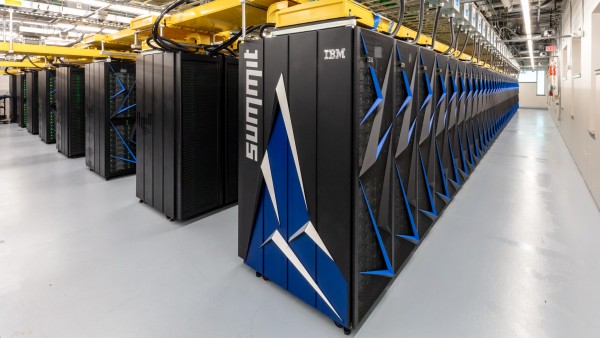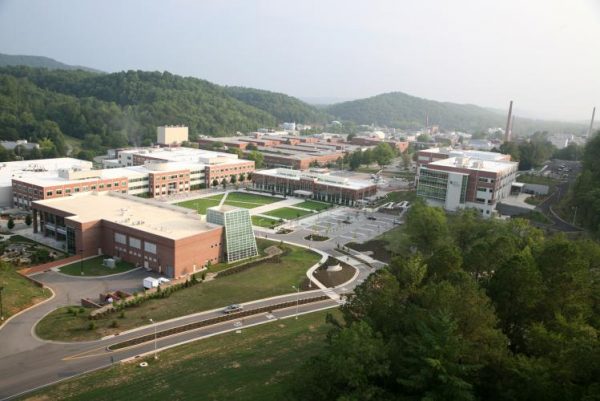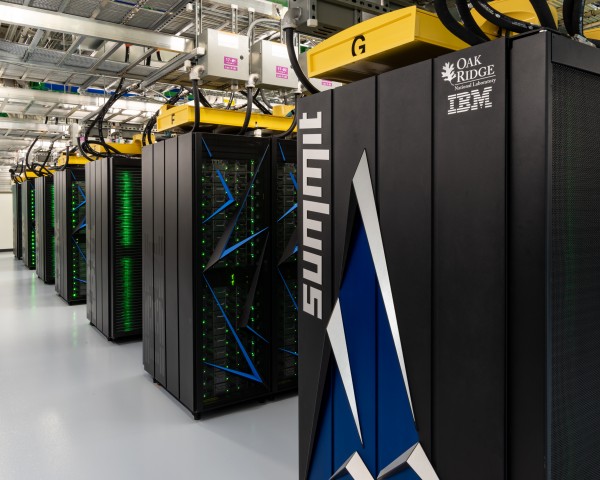
The Summit supercomputer, an IBM system that is the world’s second-most powerful, is pictured above at Oak Ridge National Laboratory. (Photo courtesy Katie Bethea/ORNL)
The Summit supercomputer at Oak Ridge National Laboratory remained the fastest system in the United States and the second-most powerful in the world in the biannual TOP500 list released Monday.
Fugaku in Kobe, Japan, remained No. 1, where it has been since June 2020. The 442-petaflop system has been at the top of the list four consecutive times.
Summit, an IBM system, was the world’s most powerful supercomputer from June 2018 to November 2019, when the U.S. Department of Energy had the two fastest systems in the world. DOE still has the second and third most powerful supercomputers, Summit at number two and Sierra at Lawrence Livermore National Laboratory in California at number three.
Fugaku is installed at the Riken Center for Computational Science. It was co-developed by Riken and Fujitsu, and it has 7,630,848 cores. It is based on Fujitsu’s custom ARM A64FX processor, TOP500 said. Fugaku uses a Fujitsu interconnect known as Tofu D to transfer data between nodes.
TOP500 said Fugaku’s 442-petaflop performance on a benchmark test makes it three times as powerful as Summit, which has 2,414,592 cores. The TOP500 list uses a benchmark test to rank the world’s most powerful supercomputers.
The rest of this story is available if you are a member: a subscriber, advertiser, or contributor to Oak Ridge Today. Already a member? Great! Thank you! Sign in here. Not a member? No problem! Subscribe here: Basic
- Basic monthly subscription ($5 per month)—access premium content
- Basic annual subscription ($60 per year)—access premium content
Pro
- Pro monthly subscription ($10 per month)—access premium content, get breaking news emails first, and submit one press release or public service announcement per month
- Pro annual subscription ($100 per year)—save $20 per year, access premium content, get breaking news emails first, and submit one press release or public service announcement per month
Temporary
If you prefer to send a check, you may do so by mailing one to: Oak Ridge Today P.O. Box 6064 Oak Ridge, TN 37831 We also have advanced subscription options. You can see them here. We also accept donations. You can donate here. A donation of $50 or more will make you eligible for a subscription. Thank you for reading Oak Ridge Today. We appreciate your support!




